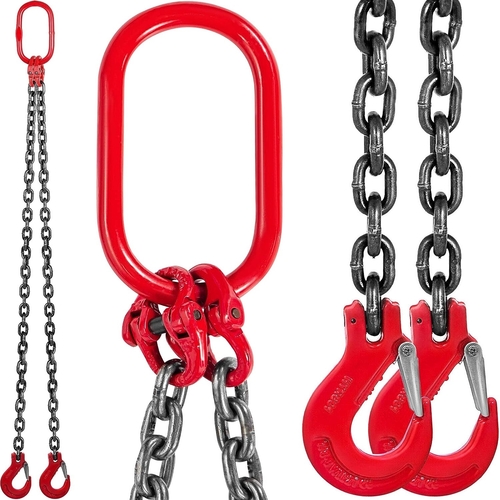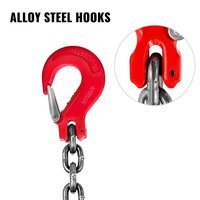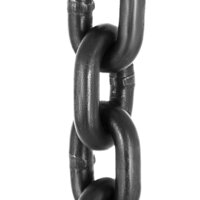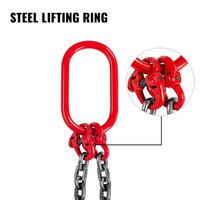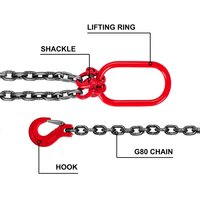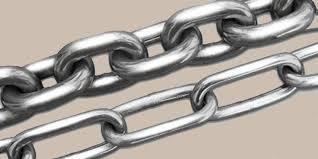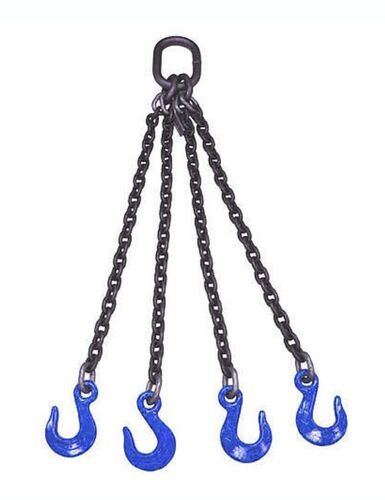LIFTIT Double Leg Chain Slings
Product Details:
- Usage For Construction, Automobile Industry,Oil & Gas Industry
- Color Black
- Product Type Double Leg Chain Slings
- Condition New
- Lifting Capacity 1 Ton to 100 Ton Tonne
- Max. Lifting Load 100 Tonne
- Max. Lifting Height 20 Meter (m)
- Click to View more
LIFTIT Double Leg Chain Slings Price And Quantity
- 1 Piece
- 9999.00 - 9999.00 INR/Piece
- 9999 INR/Piece
LIFTIT Double Leg Chain Slings Product Specifications
- 1 Ton to 100 Ton Tonne
- Black
- New
- Double Leg Chain Slings
- 20 Meter (m)
- For Construction, Automobile Industry,Oil & Gas Industry
- 100 Tonne
- Strong Easy To Operate
LIFTIT Double Leg Chain Slings Trade Information
- Mumbai
- Cash Against Delivery (CAD) Cash in Advance (CID) Cash Advance (CA)
- 10 Piece Per Day
- 1 Days
- Australia North America Eastern Europe Western Europe Africa Central America Middle East South America Asia
- All India
- Government Approved Certificate
Product Description
Double Leg Chain Slings
We offer a full line of chain sling options for any of your applications including Grade 80, Grade 100, and even Grade 120. We also offer lifting chain slings in Stainless Steel Grade 63 for special applications.
Multi-Leg Chain Slings allow you to use multiple pick points on your load to help keep balance and better control of the load. When using a sling with more than one leg, it is important that the load is distributed equally among each leg. We can customize a chain sling for your application with various end fittings such as sling, grab, self-locking, or foundry hooks.
Including adjustors in the sling assembly allows virtually full adjustability in the sling leg length. This adjustability reduces the need to re-work a sling assembly or purchase additional sling lengths.
- SLING HOOK: also known as slip sling hooks, are large throat hooks that are commonly used at the ends of chain slings and wire rope. These are typically self-locking.
- SELF-LOCKING HOOK: these hooks are designed to pivot in the middle and lock as lifting pressure is applied. These hooks cannot be opened while in use lifting the load.
- FOUNDRY HOOK: these are extra-large throat hooks which are used in special instances that require a larger throat opening to manage the load.
- GRAB HOOK: sometimes referred to as standard or non-cradle grab hooks. These chain sling hooks feature a small throat that is designed to hold the link of the chain.
- OBLONG MASTER LINK: An oblong-shaped ring that is used at the top of chain slings.
Other Products in 'LIFTIT Chain slings' category
 |
JAY AGENCIEZ
All Rights Reserved.(Terms of Use) Developed and Managed by Infocom Network Private Limited. |

